Your new size after weight loss depends on the amount of weight you lose and your body composition. It is not possible to predict an exact size due to individual differences.
Embarking on a weight loss journey can spark curiosity about your potential new clothing size. As you slim down, several factors, including your starting size, overall weight loss goals, and where you tend to lose fat first will influence your new clothing size.
While it’s tempting to aim for a specific size, it’s vital to remember that weight loss is a highly individual process. Your genetics, lifestyle, and diet all play significant roles in shaping your body’s response to weight loss efforts. Emphasizing healthy habits and realistic goals will serve you better than fixating on a particular size. Staying focused on the health benefits and how you feel in your clothes can be a more positive approach to your transformation.

Credit: www.facebook.com
Understanding Body Composition And Weight Loss
Understanding your body composition is key to predicting weight loss outcomes. Fat and muscle mass differ greatly – fat is less dense than muscle. Losing fat might not always shift the scale drastically. Body types such as ectomorphs, mesomorphs, and endomorphs lose weight differently. This is due to varying muscle and fat distributions.
Genetics play a crucial role in determining your natural body size. It’s hard to alter genetic body shape. Instead, focus on achieving a healthy composition through balanced nutrition and exercise. It is not just about the numbers on a scale but how your body holds weight and muscle. Always remember, two people can weigh the same but look very different!
Setting Realistic Weight Loss Goals
Determining your ideal body weight is crucial before starting your weight loss journey. A body mass index (BMI) is a helpful tool. It matches your weight against your height. Consulting a healthcare professional can give you a tailored goal.
Weight loss should be gradual for lasting results. Aim to lose 1-2 pounds per week. This pace is safe and more likely to be permanent. Rapid weight loss is often fleeting and can be harmful to your health.
Creating a balanced weight loss plan involves multiple steps. Include regular exercise and choose nutrient-rich foods. Limiting calorie intake is key, but it must be sustainable. Seek guidance from nutrition experts if needed.
Navigating Through Sizes During Weight Loss
Knowing your future size with weight loss goals can be a bit tricky. Body measurements and weight do not always follow a strict rule. A 10-pound loss might mean one dress size for one person but not for another.
During your journey, it’s common to go through multiple sizes. To manage this, focus on adjustable clothing like belts or items with stretchy fabrics. You might also consider temporary fixes, such as tailoring, to avoid buying new clothes often.
Finding ways to adapt your wardrobe is key. This includes layering pieces that work for various body shapes or sizes. Accessory use, like scarves, can also add versatility to outfits during size transitions.
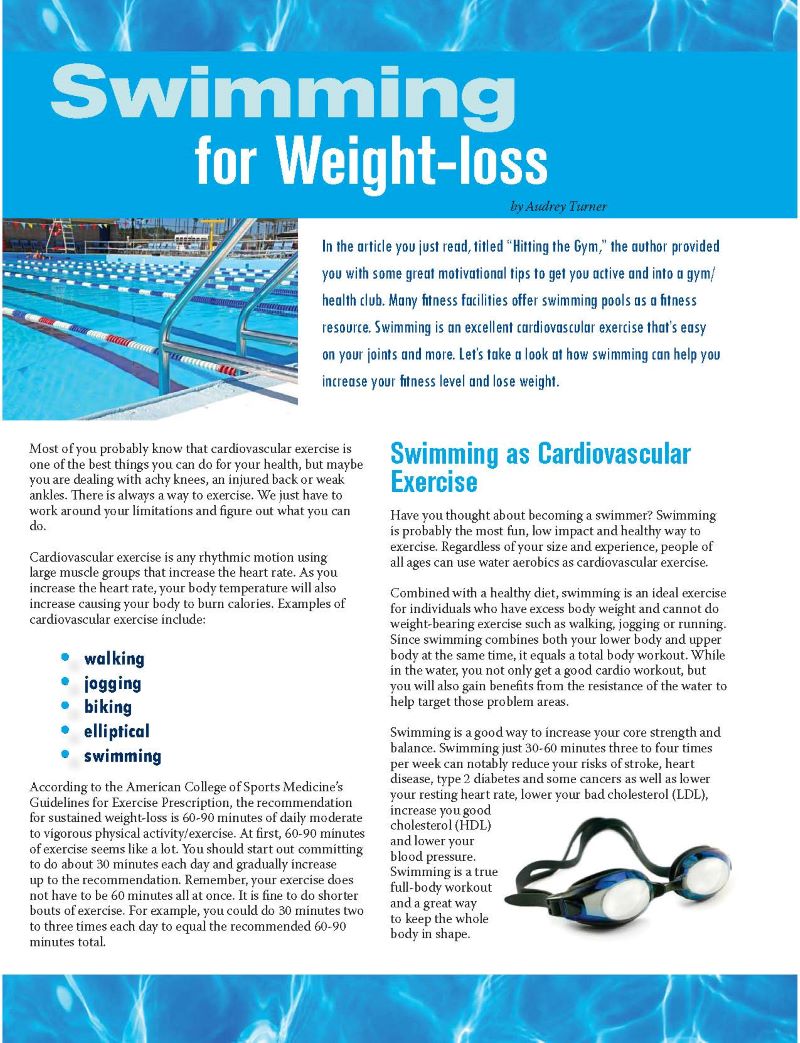
Credit: www.obesityaction.org
Maintaining Your New Size After Weight Loss
Reaching and keeping your new size is a triumph. It requires careful planning and dedication. To secure success, embrace daily habits that promote health. These include regular exercise, balanced nutrition, and sufficient rest. Monitoring your weight helps catch small gains early. This strategy prevents larger setbacks.
After weight loss, clothes won’t fit the same. Consider tailoring to adjust to your new size. This choice is cost-effective and sustainable. It also enhances confidence in how you present yourself.
Embracing a new body image can affect your mind. It might feel strange or exciting. Give yourself time to adapt to these changes. Seek supportive friends and family. They can help you process your feelings.
Incorporating Exercise Into Your Lifestyle For Optimal Sizing
Selecting exercise activities that align with your body goals is crucial. Weight training, for instance, can significantly reshape your physique. It doesn’t just help you lose weight—it builds muscle for that toned look many desire.
Different exercises will impact your body size in varied ways. By mixing cardio with strength training, you create a powerful routine. This combo burns fat and develops muscle simultaneously.
Balancing exercise frequency with diverse workouts is key. Consistent exercise paves the way for steady progression towards your goals. Vary your routine to challenge your body and prevent plateaus. This balance keeps both your body and mind engaged.
:max_bytes(150000):strip_icc()/losing-inches-but-not-losing-weight-1231559_color1-5b75e98146e0fb0025807d84-298b8014b62a4cf9be809790b27c0776.jpg)
Credit: www.verywellfit.com
Conclusion
Determining your future size after weight loss can be unpredictable. Your unique body shape and composition play key roles. Set realistic goals and embrace the journey. Remember, health and comfort are paramount. Keep striving for a better you, and the results will follow.

:max_bytes(150000):strip_icc()/losing-inches-but-not-losing-weight-1231559_color1-5b75e98146e0fb0025807d84-298b8014b62a4cf9be809790b27c0776.jpg)



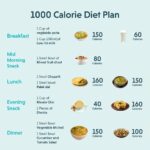


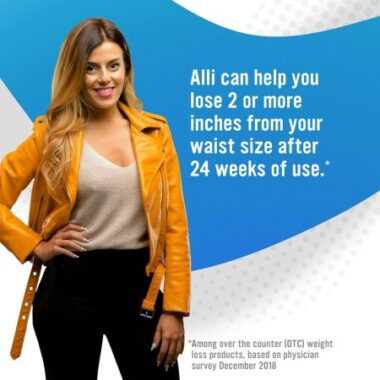
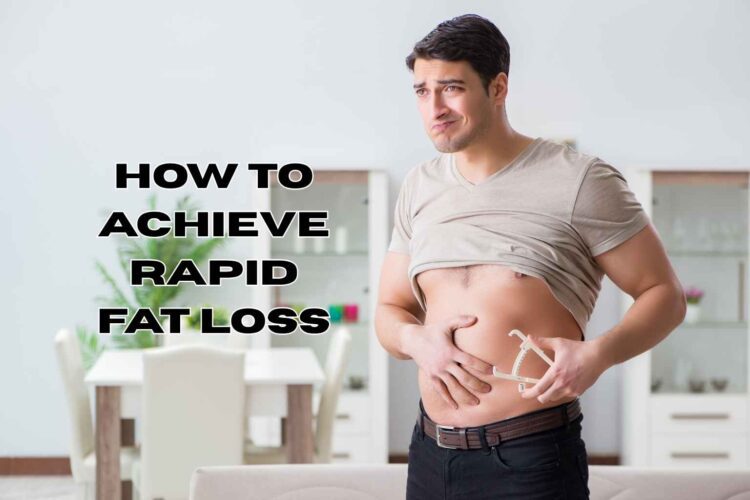

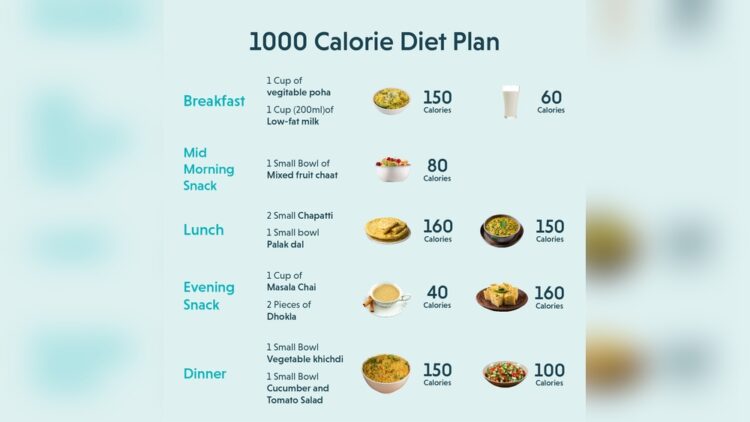
Leave a Reply